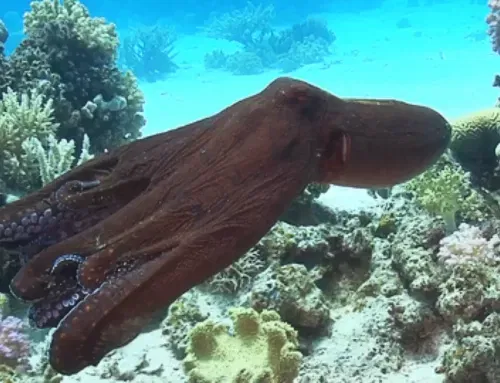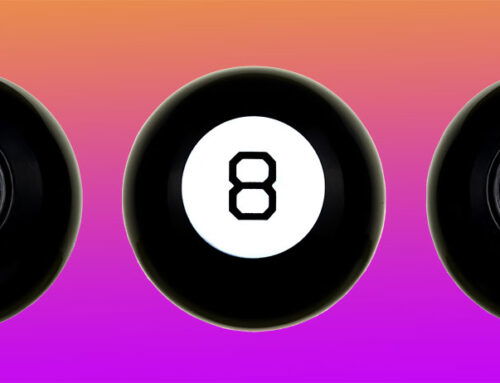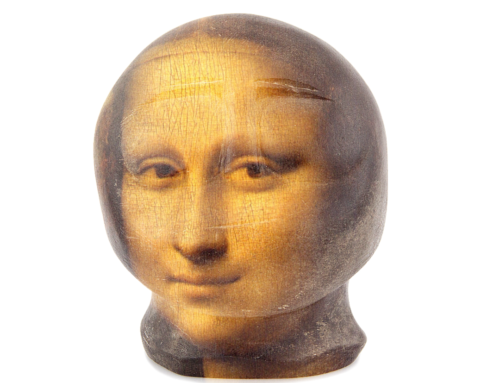I knew a man in his low 30s – single, of course – who said that he never wanted to own anything more than could fit in his car. He considered possessions as traps, a type of deceptive quicksand. “More possessions, less freedom,” he said. “Objects are anchors.”
Possessions sap space, need attention and if valuable, are laden with expenses, such as insurance and other protective measures. I even knew a man who refused to own a car and went everywhere by taxi (today he would use Uber). “It’s so much easier and cheaper,” he said. “No need to buy gasoline, make repairs or buy insurance. No charges for garage space or parking. No traffic violations or risk of accidents.” These were hard arguments to refute.
Certainly, the accumulation of objects has its downside, especially as one ages. Possessions can shift from being owned by you to owning you. Even after death, the estate – the possessions – often become a dominant concern. How to dispense with the possessions – some shiny, some rusty; some big, some small; some valuable, some not? And, beware of tension and resentments aroused by the infamous Will or decisions made by the executor of the estate – who gets what?
Possessions! Oh, woe is me, with a house full of objects from basement to attic! Yet, who envies the homeless or those who must pawn their few valuable possessions to pay debts? We thank our lucky stars if they are not us. So, there’s a double standard here, a balance between having and not having, which raises the question: exactly what is our relationship to possessions? There’s the rub – objects of all sorts play a powerful role in our lives.
From early on, the glitter of objects fosters envy and drive to possess: toys for toddlers, clothes and electronics for adolescents, cars and houses and jewelry and art and so on and so forth as the years creep along. We want stuff, we accumulate things and have pride of ownership. Yes, possessions may burden us, but they also promote forms of freedom and symbolize social standing: vehicles give mobility, homes provide a safe haven, art and other valuables provide security as assets, and “keeping ahead of the Joneses” brings prestige, or so we think.
It’s hard to overestimate the complex and key role of objects that become our possessions. Note the recent article in the New York Times, “The Year in Stuff,” which focuses largely on fashions. Consumerism prevails. There’s the Prairie Dress with its high collar and curtain-print style for “every cool girl…reborn as a little hausfrau on the prairie.”
How does this mesh with #metoo? Or, there’s the statement t-shirt with “STOP CALLING 911 ON THE CULTURE” printed on the front that, according to the NY Times article, makes “dark reference to the unsettling frequency with which white Americans called the police on their black neighbors in 2018.”
We live in a world of objects. We are a culture of stuff.
But there’s a more personal, existential aspect of objects, brilliantly exposed in The Museum of Innocence, a novel by the Nobel laureate, Turkish novelist Orphan Pamuk, that especially interests me. In Pamuk’s novel, Kemal falls in love with Füsun, his distant shopgirl cousin, while he is engaged to the socialite Sibel. His engagement falls apart, only to find that Füsun has married someone else in the interim. Still in love, Kemal maintains a persistent Platonic relationship with Füsun for eight years. She finally divorces and plans to marry Kemal. Before their marriage, however, she dies in an auto accident. Kemal considers the time he spent with Füsun, even in the presence of her husband, as the happiest moments of his life. To celebrate that, he collects every object he can that she has touched or that reminds him of her – a salt shaker, a pen, the bedframe upon which they made love, whatever. After her death, he moves into her house in which his collected objects establish the museum of innocence. These objects substitute for Füsun. Kemal says, “What could be more beautiful than to spend one’s nights surrounded by objects connecting to one of his deepest sentimental attachment and memories!”
Objects touched by Füsun are infused with her, they are an inseparable extension of who she is and was; objects become stewards of Kemal’s happiness. By analogy, the collections of many true collectors reflect not only their interests and scholarly pursuits, but also their passions. The collected objects speak for who the collectors are– artists, investors, mavericks or followers of the current flow – and act as their extensions.
Thus, while objects may burden us, our possessions also shine a light on our humanity, taste and values, provide insight on what drives our choices and, importantly, on the meaning we place on them.






Very insightful, Joram.